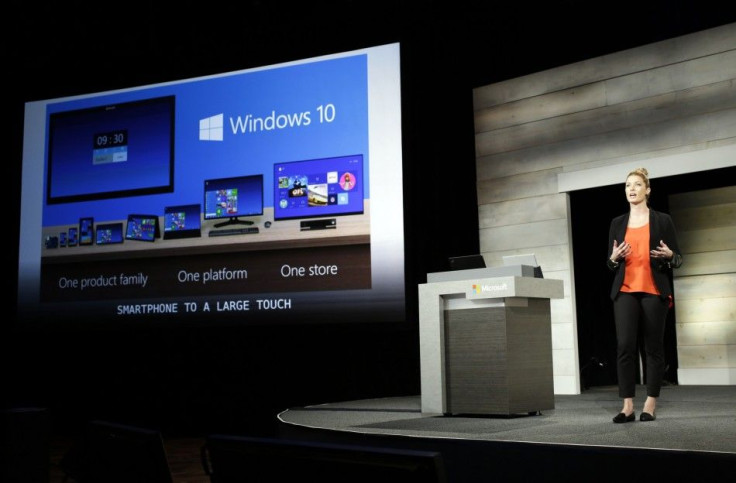DirectX 12 Improves AMD GPU Performance By 400% On Windows 10

PC gamers might want to take a keen interest in the upcoming Windows 10 operating system that's currently in public beta. The OS will serve as a launchpad for Microsoft's DirectX 12 Application Programming Interface, or API, which is poised to improve PC gaming by a great degree. Early tests of the API have revealed a staggering 400 percent performance gains on AMD Graphics Processing Units, or GPUs.
The numbers come courtesy of AnandTech, one of the oldest and most reputed specialist hardware websites, which managed to run benchmark tests on an early DirectX 12 build running on Windows 10 build provided by Microsoft. The website's findings show that the performance statistics recorded for current generation graphics cards is off the charts when they are run using DirectX 12 API, according to DSO Gaming.
The benchmarks have revealed that AMD cards benefit the most from the API, with a performance boost of 400 percent for its R9 200 series of GPUs. NVIDIA, on the other hand, has to make do with a relatively more modest 150 percent performance improvement for the GTX 900 GPU series.
The benchmark was performed using Oxide Games' "Star Swarm" Tech Demo on various mid-to-high-end cards from both GPU manufacturers. The GTX 980 managed to improve its DirectX11 performance of 26.7fps to 66.8fps on DirectX 12. The Radeon R9 290X went from a dismal 8.3fps (DirectX 11) to a respectable 49.2fps (DirectX 12). Having said that, the top-end NVIDIA card GTX 980 still managed to outperform AMD's R9 290X GPU purely in terms of framerate performance.
In AMD's defence, the GTX 980 is based on the Maxwell architecture, which was released a year later and hence is a generation ahead of the current breed of AMD GPUs. The performance gap is expected to be closed by AMD's upcoming GCN 1.3 architecture-based R9 300 series GPU, which will launch in the second quarter of 2015.
When you take the technical mumbo-jumbo out of the AnandTech study, it all boils down to the capability of DirectX 12 to mitigate CPU-based bottlenecks. In modern games, the CPU tends to be the weakest link because all existing APIs have largely been unsuccessful at efficiently squeezing out multi-threading performance across multiple processor cores. DirectX 12, on the other hand, can efficiently use the CPU, which significantly improves overall performance, according to VG247.
That's a pretty good reason for gamers to upgrade to Windows 10 at release. The OS is all the more important because none of its predecessors, including the recent Windows 8, are expected to be upgraded to support DirectX 12 functionality.
To report problems or leave feedback on this article, email: nachiketpg13@hotmail.com.
Xbox on Windows 10 Presentation (Credit: Xbox YouTube channel)





















